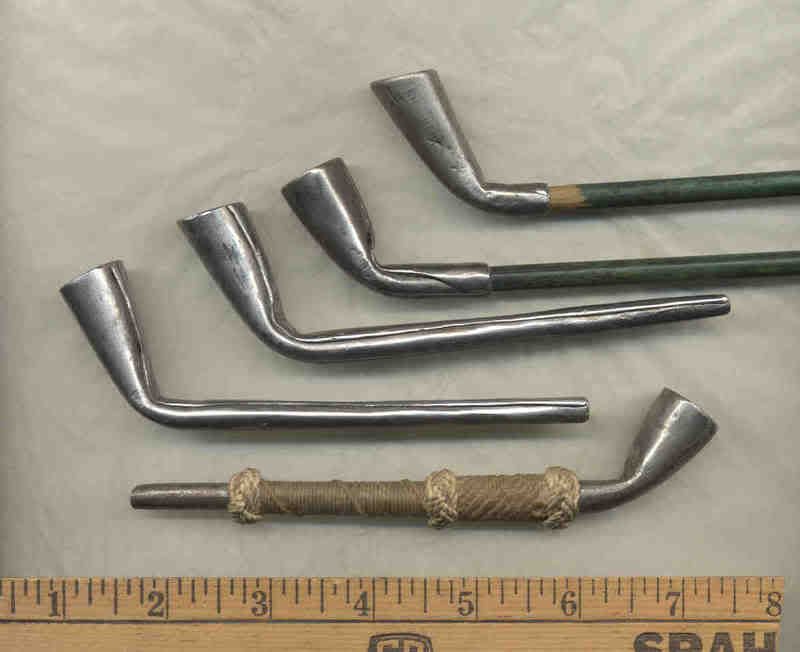Over the last few years I have slowly been picking up a sort of 18th centuary bushcraft kit. At some point I'm intending to a bit of what I think of as "rough camping". Don't ask me why it just appeals.
Anyroad, so far I have aquired the below, mostly made for the reenactment market in the US.

I've some more bits of tin ware on order and have instructions to make a haversack when I've aquired some suitable linen.
Clothing wise I'm not going for the full authentic look but will be using natural materials, buttons and toggles rather than zips and velcro. For footware I've aquired a pair of hobnailed boots which are only a toecap off being Bluchers (SP?). I've some wool shirts, the obligatory (;-{D) Swanni bushshirt and one Christmass herself treated me to a lovely "Smoke and Fire" Whitney blanket Capot. Trousers I've not sorted yet, the same goes for a linen shirt and I have a vague inclination towards a oil skin smock.
Theres other stuff to source such as a oilskin tarp and as far as I'm concerned it will be something for the summer only but does anyone know of suppliers of 18th centuary type kit in the UK?
ATB
Tom
Anyroad, so far I have aquired the below, mostly made for the reenactment market in the US.

I've some more bits of tin ware on order and have instructions to make a haversack when I've aquired some suitable linen.
Clothing wise I'm not going for the full authentic look but will be using natural materials, buttons and toggles rather than zips and velcro. For footware I've aquired a pair of hobnailed boots which are only a toecap off being Bluchers (SP?). I've some wool shirts, the obligatory (;-{D) Swanni bushshirt and one Christmass herself treated me to a lovely "Smoke and Fire" Whitney blanket Capot. Trousers I've not sorted yet, the same goes for a linen shirt and I have a vague inclination towards a oil skin smock.
Theres other stuff to source such as a oilskin tarp and as far as I'm concerned it will be something for the summer only but does anyone know of suppliers of 18th centuary type kit in the UK?
ATB
Tom


